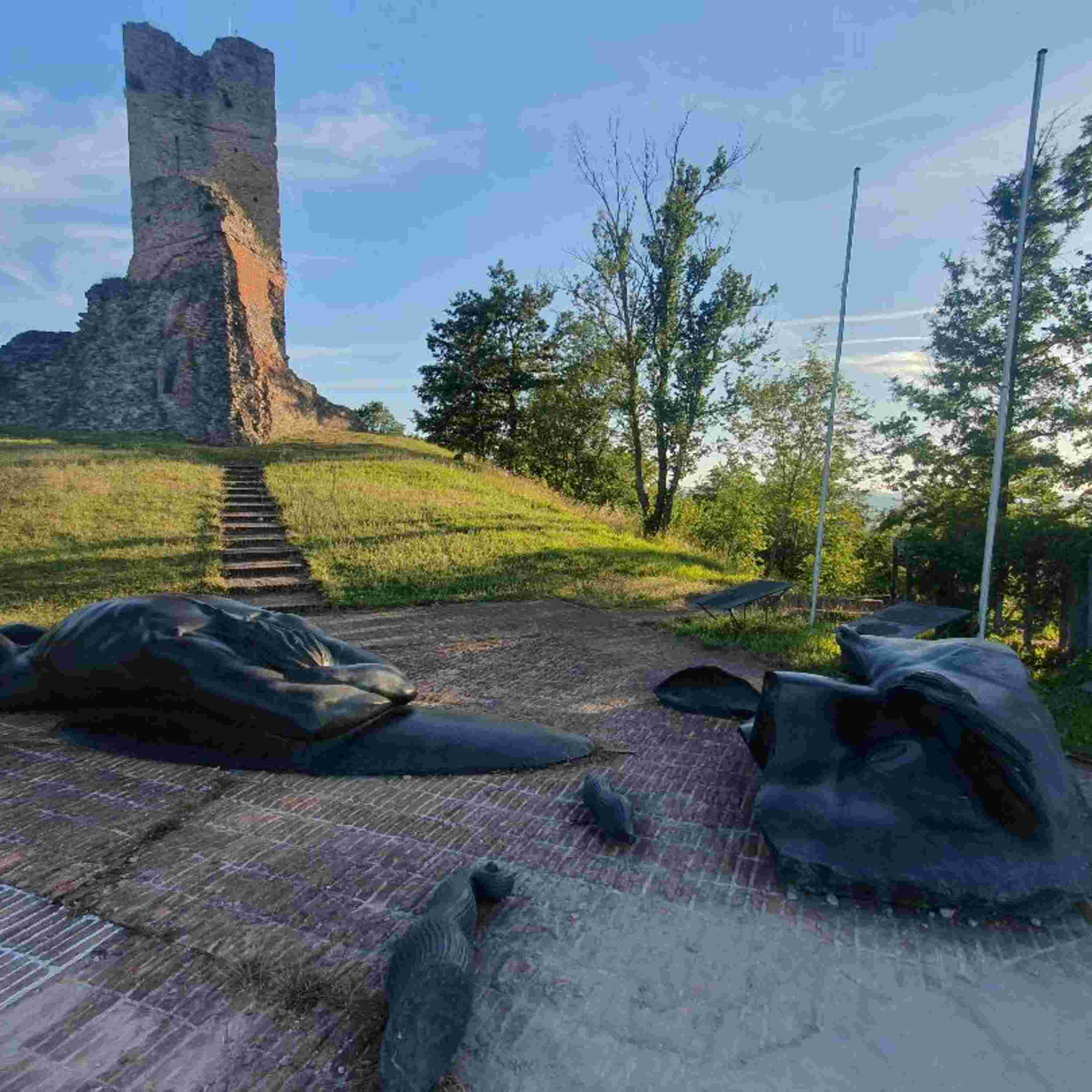

By Joe KIrwin
The ferocious 4-month battle that took place at Monte Cassino when Allied Forces attempted to break through the mountains between Naples and Rome and drive the German and Italian Fascist forces out of Italy will always be remembered as the bloodiest and most brutal chapter of the 1943-45 WW II Allied campaign in Italy.
Later in 1944, when Allied armies launched the Gothic Line offensive after the liberation of Rome on June 4, the fighting across the northern Apennines is not as steeped in folklore as Monte Cassino but there were a number of epic battles that equaled in intensity if not in length and casualties. The fierce fighting in the mountain-top town of Gemano overlooking the Adriatic Sea is often referred to as the ``Cassino of the Adriatic'' although some historians insist the battle over the old Roman coastal and port town of Rimini, which, like Gemano, was completely destroyed, was even bloodier. Between the two approximately 80,000 Axis and Allied soldiers were killed on Adriatic front in September 1944.
On the other end of the Gothic Line in Tuscany not far from where the Apennines and Apuane mountains meet, the battle of Monte Castello, Monte Torraccio and Monte Belvedere and nearby Riva Ridge involving American and Brazilian troops is sometimes referred to as the ``Cassino of Tuscany''.
In the center of Italy where the U.S. Fifth Army launched in mid-September of 1944 its part of the Gothic Line one-two punch, pincer movement to capture Nazi headquarters in Bologna, the struggle to control the strategic heights of Monte Battaglia (715 meters) above the Santerno and Valsenio river valleys is often referred to as the ``Cassino of the North.'' It was fought off and on over the course of several months starting from Sept. 27, 1944 when American 88th ``Blue Devil'' troops, aided by Italian Partisans, waged a week-long struggle. Later Welsh troops, under U.S. Allied Force command, battled the Germans near Monte Battaglia in the Santerno Valley and suffered significant casualties, with some of those killed in action buried in a Commonwealth Grave cemetery on the side of the steep mountain canyon walls.
Valerio Calderoni , 64, and a native of nearby Imola, has spent decades roaming the Santerno River Valley, especially over the last 40 years via his work as a veterinarian. For many years Valerio has heard the local stories about the battle of Monte Battaglia some of which clashed when it concerned the role of Italian Partisan freedom fighters and the U.S. Army troops and the relationship between the two. More than 20 years ago Valerio took it upon himself to do extensive research examining archive records in the United States, Italy and Germany to understand the true story of what happened on Monte Battaglia. In 2014 he published his results in a book titled ``Monte Battaglia 1944: from Myth to History. Valerio explained his conclusions and ongoing work in this podcast episode that includes ongoing forensic recovery of fallen soldiers on Monte Battaglia. Valerio is also a board member of the Gothic Line museum in Castel del Rio in the Santerno River Valley.